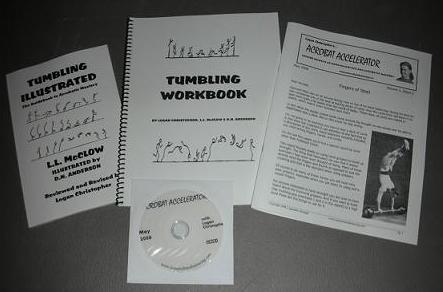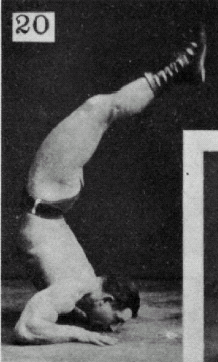I receive tons of questions and today I’ll get to a couple of them. You can always submit your question here.
Just know that I can’t respond to everyone individually but I’ll try to tackle them in these emails.
“I’ve got my position for my handstand right but I just can’t seem to hold it much longer than five or so seconds. I don’t know what I’m doing wrong. Please help!!”
Cheers,
Emma Shepard
I’m sure there are many people that share where you’re at Emma. A lot of people get frustrated that when they start trying out handstands they can’t hold one with ease after just a couple days.
Above all else, you need patience and commitment. Keep working on holding that position and you will get better in time. Its also good to re-visit some of the lead-up skills I outline in the Secrets of the Handstand Quickstart Guide like the frogstand and others.
Besides, without seeing you do the handstand its hard to give specific advice. If you want to send in a video I’ll offer some additional suggestions. Just post something on youtube and send me the link. This goes for anyone.
Hey Logan
So I’ve been getting better at my handstand but I have a super flexible back so I have been focusing on spinal stability exercises. Mostly planks held for up to a minute, feet on a swiss ball, forearm planks, side planks, etc. You got any other suggestions? Also, would push up bars be helpful? For some reason I have been real curious about those.
Thanks man,
Casey
Having a super flexible back can be a boon depending on how you look at it. Bob Jones recommends that a beginner use all of his back bend when starting out in order to make the balancing easier.
But if your goal is to straighten out, the moves you listed could certainly help establish strength in the abs and low back needed to hold a straighter handstand.
The most useful exercise though is a handstand against the wall. Kick-up and straighten the back out. When you do this you’ll feel your core working quite hard. The key point is to lengthen the body as much as possible. Try to get as tall as you possibly can.
And the next time you do freestanding handstands you can emulate this same movement.
As for pushup bars they are useful tools, but not specifically for what you‘re trying to achieve here. Besides with handstand most of the time your hands are flat on the ground so you want to train in that position.
That wraps up this email. Just remember the most important thing is always to keep working forward. Hand balancing takes time but in the end its worth the effort.
Good Luck and Good Hand Balancing,
Logan Christopher
P.S. The Parkour Tutorial DVD is selling like crazy. Plus I’ve been getting tons of messages of people who’ve been practicing for years. If you want to see what all the buzz is about click here.







